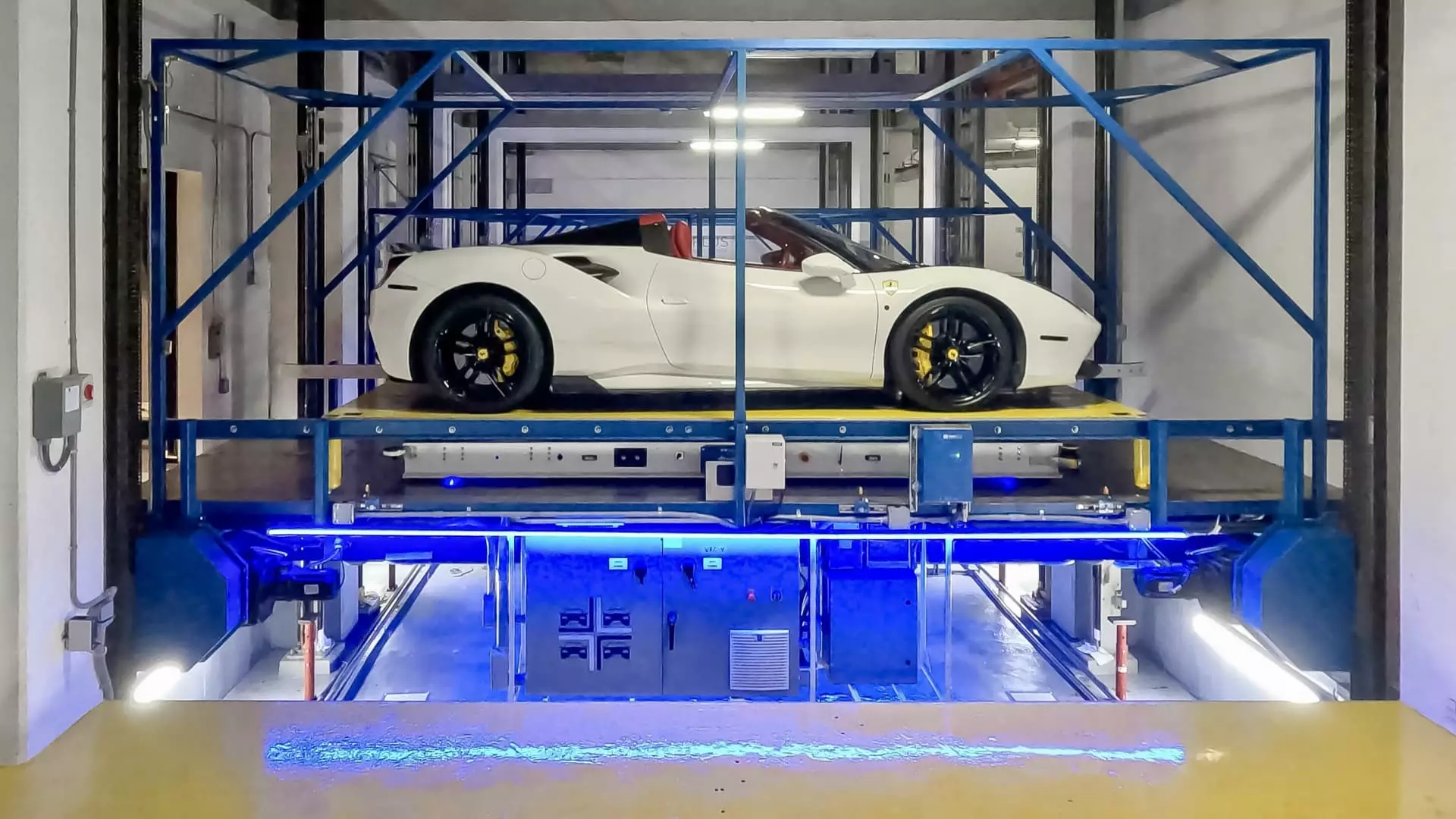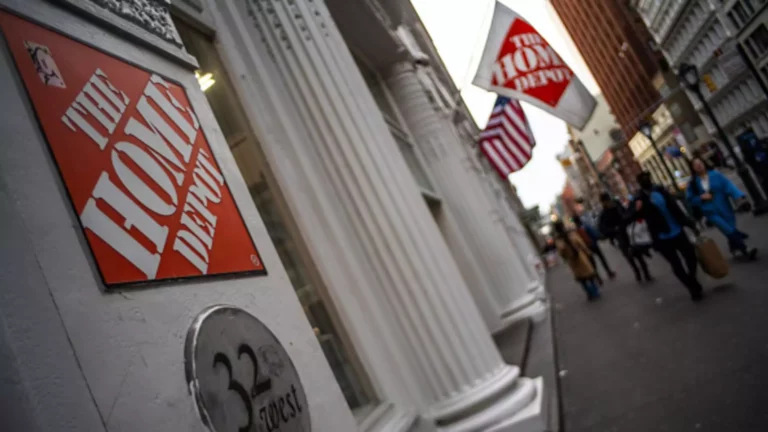The Rise of Robotic Parking Systems: A Peek into the Future of Urban Living

In today’s fast-paced urban environment, convenience and efficiency have become significant factors in real estate developments. The Brickell House in Miami stands at the forefront of this movement, showcasing an extravagant 46-story condominium that houses the world’s largest automated parking system. With residents now relinquishing their vehicles to state-of-the-art robotic valets, the conventional methods of parking are undergoing a transformative shift. This integration of technology promises not only to enhance the residential experience but also to redefine urban living across many cityscapes worldwide.
Encased within Brickell House is an impressive 13-level parking garage designed to streamline the car parking process. Upon arrival, residents simply drive their vehicles into one of the designated bays and allow the advanced robotic system to manage the rest. This eliminates the typically frustrating search for parking—a task that consumes both time and energy. Instead, vehicles are expertly maneuvered by fully automated guidance vehicles (AGVs), which utilize complex navigation systems involving lasers and barcodes embedded in the floor. Unlike traditional garages that demand a considerable amount of space for aisles and turning areas, the automated structure in Brickell House maximizes the useable area, thereby enhancing the building’s overall design efficiency.
The allure of automated parking systems isn’t limited to Miami alone. Across cities like New York and Chicago, luxury residential developments are increasingly incorporating these innovative technologies. The interest is driven by the high-value real estate market where a coveted parking spot can command prices soaring to $300,000. According to research conducted by Grand View Research, the smart parking market is set to grow exponentially, from a valuation of $6.5 billion in 2021 to a staggering $30.16 billion by 2030. The emphasis is especially strong in North America, showcasing a regional focus on cutting-edge technologies designed for high-density urban living sectors.
Such avenues not only reflect market demand but also highlight a broader trend in futuristic urban design—one that utilities technology to enhance living standards while solving space constraints in crowded cities.
At the heart of the Brickell House’s parking innovation are the AGVs—autonomous machines equipped with vision systems and intricate lifts. Deploying these AGVs allows for unparalleled precision in vehicle handling, reducing the risk of damage or inconvenience that may arise within traditional parking systems. They effectively organize the space by utilizing precise algorithms that enable the robots to shuttle cars—taking advantage of their maneuverability, which allows parking with a mere two inches of space on either side of the vehicles. Moreover, as the AGVs are autonomous, they eliminate the need for human intervention, streamlining the parking process and minimizing the potential for human error.
During a recent visit, a CNBC team effectively captured the remarkable efficiency of this system: a vehicle was retrieved and delivered to a ground-level bay in under four minutes—a stark contrast to the delays often associated with manual parking operations. Rigorous testing protocols ensure that these systems remain dependable, supporting a continuous operation that can handle numerous vehicles over extended periods without malfunction.
Despite the technological marvel behind automated parking systems, it is noteworthy to acknowledge that early adopters have faced significant challenges. For instance, a case involving billionaire Palmer Luckey highlights the potential pitfalls; his experience with a malfunctioning elevator in his customized garage led to a legal dispute that underscores the complexities of integrating such advanced technologies. Similarly, Brickell House has its share of historical woes—the previous car storage system had faced severe criticism due to operational failures, resulting in lawsuits and financial repercussions.
Yet, with each failure, developers like ParkPlus turn setbacks into opportunities for future improvement. As Paul Bates, ParkPlus’s group president, observes, the struggles of the past have incentivized developers to innovate and enhance system reliability, fostering a competitive edge in the futuristic urban living landscape.
As we continue to navigate the complexities of urbanization, the advent of robotic parking systems symbolizes a crucial turning point in metropolitan infrastructure. Projects like the Brickell House serve as a testament to the evolution of luxury living that embraces technology to provide convenience, maximize space, and enhance the overall resident experience. While there may be hurdles to overcome, the potential of automated systems indicates a promising and transformative future for urban parking solutions, setting a trend that other cities will likely follow in the years to come.





